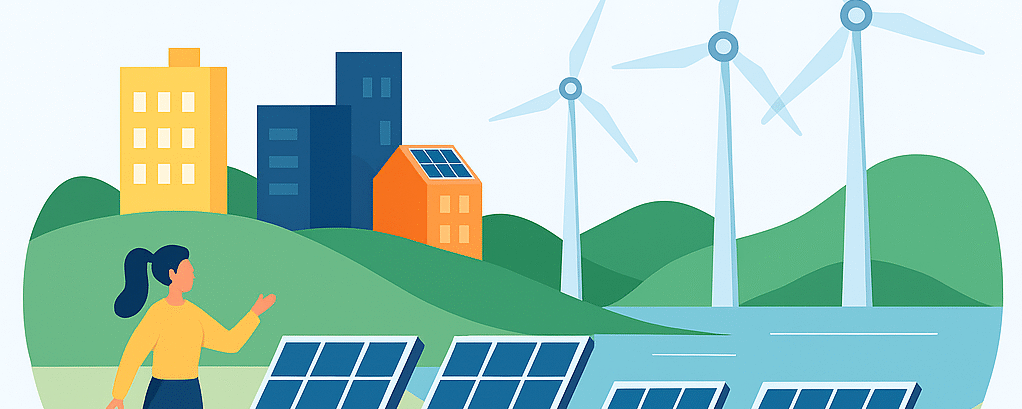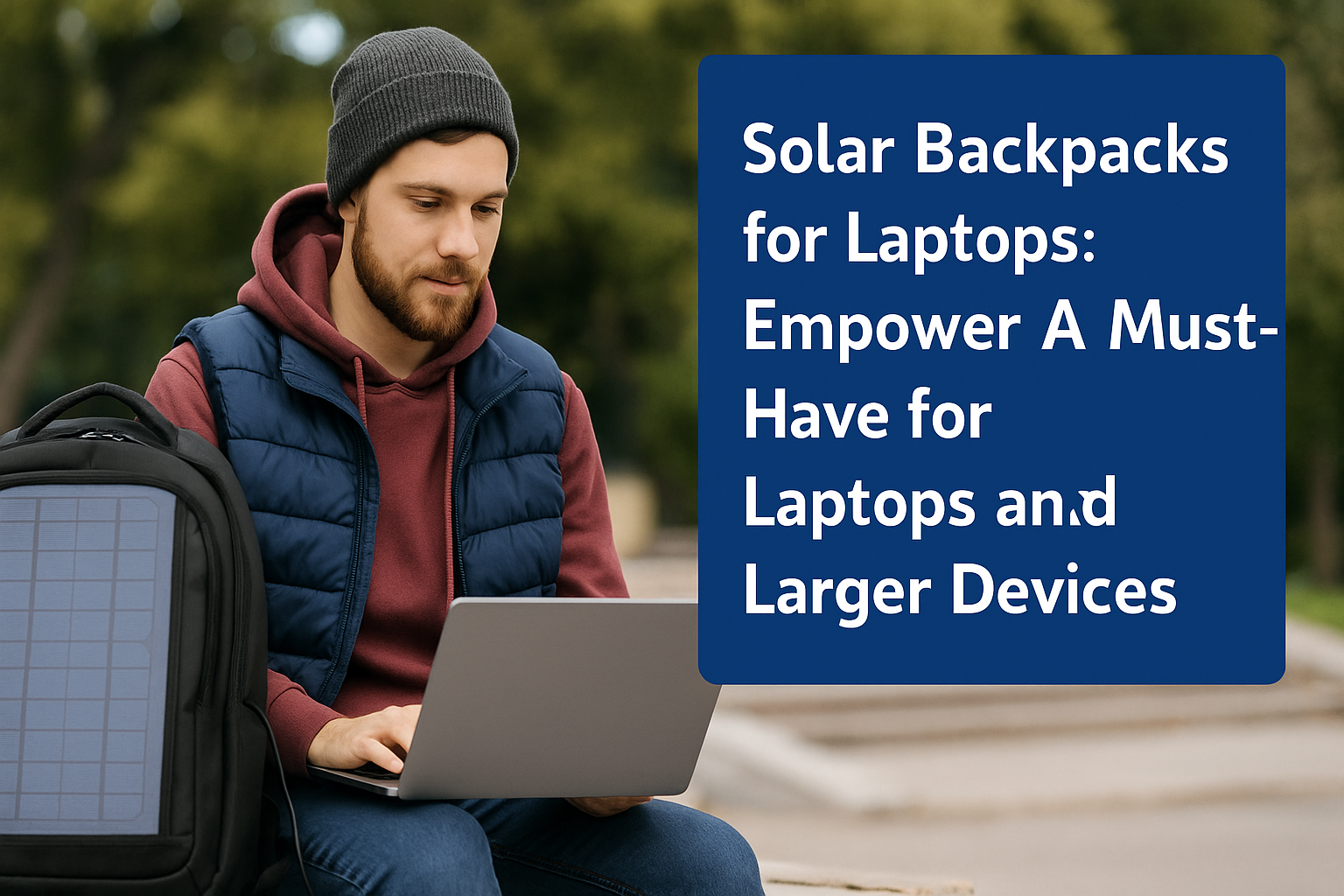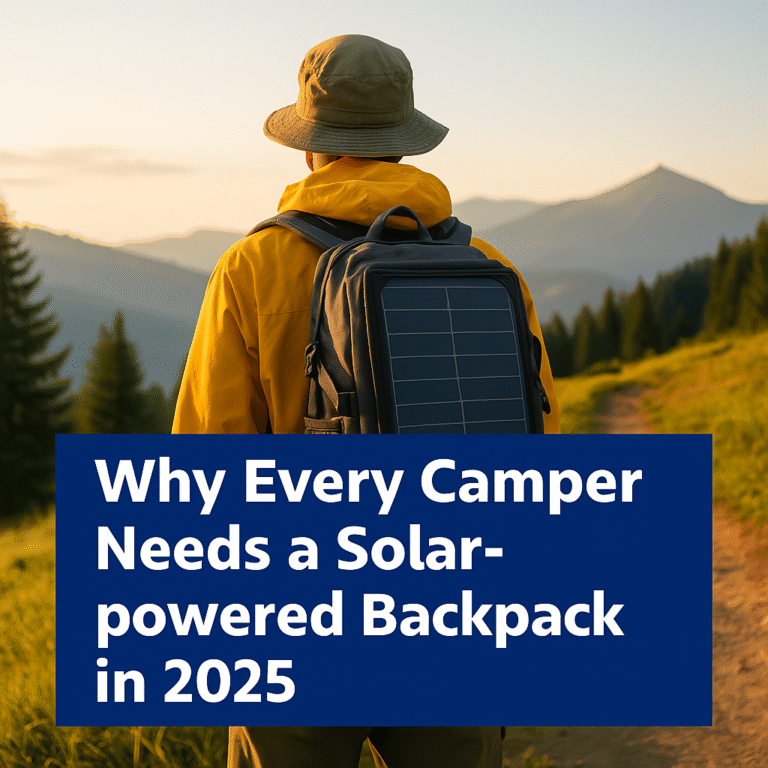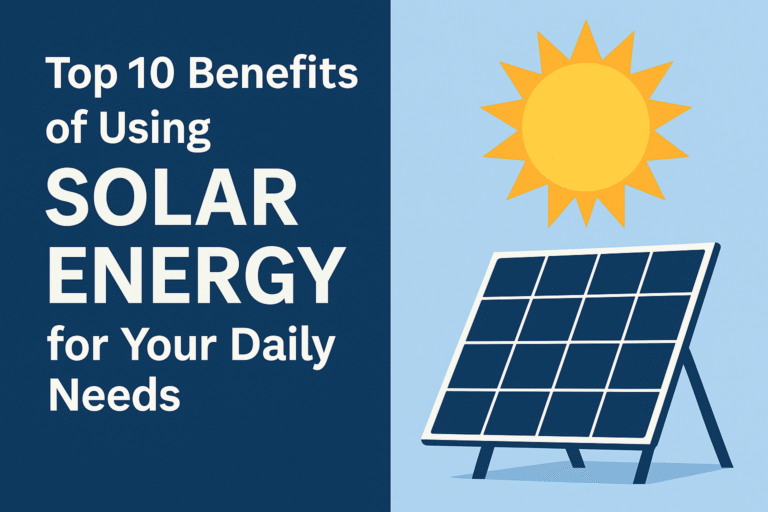Solar Backpacks for Laptops: Empower A Must-Have for Laptops and Larger Devices
Solar Backpacks: A Must-Have for Laptops and Larger Devices
In today’s tech-driven world, staying powered up is more essential than ever. If you’re someone who’s always on the move, you might find yourself frequently searching for outlets to juice up your gadgets. Enter the game-changer: solar backpacks for laptops.
These innovative bags are more than just a fashion statement. They are practical pieces of technology designed to harness the sun’s energy, giving your devices the freedom to roam as much as you do. Featuring built-in solar panels, these backpacks can power up laptops, tablets, and other larger devices, making them indispensable for adventurers, travelers, students, and remote workers alike.
Beyond convenience, solar backpacks align with the growing need for sustainable solutions. They offer an eco-friendly way to keep your tech alive while reducing reliance on conventional electricity sources. Whether navigating bustling city streets or exploring remote trails, solar backpacks are becoming the power option everyone will want to adopt.
Solar Backpack Benefits for Everyday Use
Imagine never having to worry about your laptop dying in the middle of a crucial presentation or during a long commute. Solar backpacks for laptops offer a convenient solution for such everyday dilemmas, ensuring your devices are always powered up when you need them most.
Enhanced Mobility
For busy professionals and students, solar backpacks mean fewer stops to find an electrical outlet. This translates to more productivity and less downtime, no matter where your day takes you. Your backpack essentially becomes a moving power station, freeing you from the constraints of traditional charging points. Check out this high-efficiency solar backpack for enhanced mobility.
Versatility Across Devices
While primarily lauded for their ability to charge laptops, these backpacks aren’t limited to just one type of device. They can power up smartphones, tablets, cameras, and even portable speakers. This versatility makes them perfect for juggling multiple tech gadgets seamlessly throughout the day. Explore this versatile solar backpack for all your devices.
In essence, solar backpacks are redefining how we interact with technology in our daily lives. They are not just about being prepared; they’re about embracing a lifestyle that balances functionality with environmental consciousness. Isn’t it time you considered adding this innovative accessory to your routine?

Charging Efficiency and Capacity for Laptops
One of the standout features of solar backpacks for laptops is their ability to effectively charge laptops, a device notoriously known for substantial power requirements. Understanding how these backpacks manage this task is crucial for potential users.
Harnessing Solar Power Efficiently
Solar backpacks are equipped with high-efficiency solar panels designed to convert sunlight into usable energy rapidly. Even on partially cloudy days, these panels can gather enough energy to make a noticeable difference. This ensures that your laptop’s battery gets the boost it needs without long charging wait times. Learn more about high-efficiency solar panels.
Power Storage Solutions
Many solar backpacks include built-in power banks, allowing energy storage for later use. This means you can harness solar power during a sunny afternoon and use it to charge your laptop during an evening flight. Depending on the model, these power banks can offer varying capacities, suitable for charging your laptop multiple times, or just topping it off. Discover this solar backpack with power bank.
By understanding these capabilities, you can better appreciate how solar backpacks integrate eco-friendly technology with everyday needs. This shift towards harnessing renewable energy is not only convenient but also a stride toward sustainable tech usage.
Features to Look for in a Solar Backpack
When choosing a solar backpack for laptops, it’s essential to consider features that match your specific needs and lifestyle. A well-chosen backpack can make all the difference in harnessing solar power effectively and conveniently.
Solar Panel Quality
First, focus on the solar panel quality. Look for backpacks with high-efficiency panels that promise rapid energy transformation. The efficiency often dictates how much power you can generate during your time outdoors. Check out this high-quality solar backpack.
Durability
Next, consider the backpack’s durability. As an item likely to accompany you on many adventures, it should be made from rugged, weather-resistant materials. This feature ensures it can withstand various environmental conditions, from rain to intense sun. Explore this durable solar backpack.
Storage Capacity
Storage capacity is another critical element. You want a backpack that can comfortably carry all your necessities, in addition to housing the solar panel components. Pockets and compartments for organizing gadgets, cables, and personal items contribute significantly to overall usability. Discover this spacious solar backpack.
Built-in Power Bank Capacity
Lastly, look at the built-in power bank capacity. A higher-capacity power bank can store more energy, useful for charging multiple devices or maintaining laptop power over extended periods. Learn more about solar backpacks with large power banks.
By paying attention to these features, you can ensure your solar backpack will be a reliable companion, ready to meet the demands of modern, mobile life.
Comparison with Traditional Power Banks
Solar backpacks and traditional power banks serve a similar purpose—keeping your devices charged when outlets are out of reach. However, they differ significantly in functionality and convenience.
Renewable Energy Source
Traditional power banks store a fixed amount of energy. Once depleted, they need to be recharged from an outlet, which can be inconvenient during long trips without access to electricity. Solar backpacks, on the other hand, harness the sun’s energy, allowing you to generate and store power anywhere you go. Check out this solar backpack with renewable energy.
Usability
Another distinction is usability. While power banks are typically limited to one or two devices at a time, solar backpacks offer broader capacity, making it more convenient to charge multiple gadgets simultaneously. This is particularly advantageous for users who juggle various tech devices daily. Explore this multi-device solar backpack.
Portability
Portability is also an important factor. While power banks can be easily carried due to their compact size, they add extra bulk if carried along with multiple gadgets and their chargers. Solar backpacks integrate storage and charging capabilities, reducing the need for carrying additional accessories. Discover this portable solar backpack.
In the end, if you’re seeking a renewable, versatile solution, solar backpacks stand out as a modern upgrade to traditional power banks. They provide continuous power with an eco-friendly edge, tailored for those always on the move.
Sustainability and Environmental Impact
Solar backpacks are not just about convenience; they’re a nod towards a more sustainable future. By converting sunlight into energy, these backpacks reduce reliance on traditional power sources, diminishing your carbon footprint with every charge.
Renewable Energy
One of the most significant environmental benefits is the use of renewable energy. Unlike conventional power methods, solar energy doesn’t deplete natural resources. This shift can contribute to a broader movement toward clean energy, helping to lower greenhouse gas emissions. Learn more about sustainable solar backpacks.
Eco-Friendly Materials
Additionally, many manufacturers of solar backpacks prioritize eco-friendly materials. These could include recycled fabrics or sustainable construction practices, further enhancing the overall environmental benefits. Explore this eco-friendly solar backpack.
By integrating solar backpacks into daily life, individuals aren’t just choosing a convenient power solution—they’re actively participating in a sustainable movement. This small change in consumption can lead to large-scale environmental benefits, making solar backpacks a smart choice for both tech enthusiasts and eco-conscious consumers alike.
Best Practices for Maximizing Solar Charging
To get the most out of your solar backpack, a few key practices can ensure optimal charging efficiency and device performance. Here’s how to make every ray count:
Positioning Matters
For maximum solar absorption, ensure your backpack is positioned to receive direct sunlight. Avoid shaded areas and keep the solar panels clean and unobstructed. Even minor shadows can significantly impact the energy conversion process.
Efficient Energy Use
To maximize the benefits of your solar backpack, prioritize charging high-drain devices like laptops during peak sunlight hours. This ensures they receive an ample power boost when solar output is at its highest. Smaller devices, like smartphones, can be charged during less optimal times, as they require less energy.
Use Energy Wisely
While solar backpacks can be a reliable power source, managing the energy you harness is essential. Turn off or disconnect devices that aren’t needed to conserve energy.
By following these best practices, you can enhance the efficiency of your solar backpack, ensuring that your devices stay powered whenever you venture off the grid. Embrace these habits to fully leverage the benefits of solar energy technology.
Top Recommended Solar Backpack Brands
Exploring the world of solar backpacks can be exciting, especially with so many innovative brands paving the way. Here are a few top recommendations to consider when you’re ready to make a purchase.
Sunnybag
Sunnybag is a standout name in the solar accessory space, renowned for its high-quality panels and durable designs. Their backpacks are designed to perform even in less-than-ideal weather conditions, making them a reliable choice for adventurers. Check out Sunnybag solar backpacks.
Voltaic Systems
Voltaic Systems offers a range of solar backpacks that balance technology with everyday utility. Known for their sophisticated design and efficient charging capabilities, their products cater to tech-savvy users looking for a stylish yet functional option. Explore Voltaic Systems solar backpacks.
ECEEN
ECEEN is another brand that consistently delivers value. Their backpacks are budget-friendly, without compromising on solar power efficiency or storage convenience. This makes them a great entry point for anyone new to solar-powered accessories. Discover ECEEN solar backpacks.
Lifepack
Lifepack’s solar backpacks are much about protecting and securing your essentials as they are about charging your devices. With anti-theft features built into their design, they cater to urban explorers who value both function and style. Learn more about Lifepack solar backpacks.
Choosing the right solar backpack brand involves a mix of personal preference and practical needs. Each of these brands brings unique strengths to the table, ensuring you’ll find the perfect match for your lifestyle.
The Bottom Line: Embracing Solar Power on the Go
In an age where technology is interwoven with daily life, having reliable power while on the move is more critical than ever. Solar backpacks offer an innovative solution, blending utility with sustainability. They bring forth a world where you no longer worry about finding a power outlet, whether you are in the middle of nowhere or bustling through a city.
These backpacks represent more than a backup power solution; they embody a commitment to greener living. By choosing solar-powered gear, individuals contribute to reducing their carbon footprint, paving the way for a healthier planet without sacrificing the convenience of staying connected.
By the same token, the versatility of solar backpacks ensures they cater to a wide array of lifestyles. From digital nomads and students to outdoor enthusiasts, these bags are designed to meet diverse power needs seamlessly. They offer efficiency for laptops and smaller gadgets alike, all while embracing a sustainable framework.
Transitioning to solar power, especially through easily adoptable means like solar backpacks, symbolizes a shift toward smarter consumption of resources. It’s about making mindful choices that don’t only impact our immediate lives but also shape the future landscape for generations to come. This small step towards sustainability can lead to significant environmental benefits and foster a collective movement towards a more balanced interaction with our planet’s resources.
In conclusion, embracing solar power with a solar backpack isn’t just about gadget readiness. It’s about harnessing the sun’s limitless energy to energize our devices and lives more sustainably. In a journey towards sustainable living, these backpacks are both a practical tool and a symbol of commitment to a greener next-gen world.





